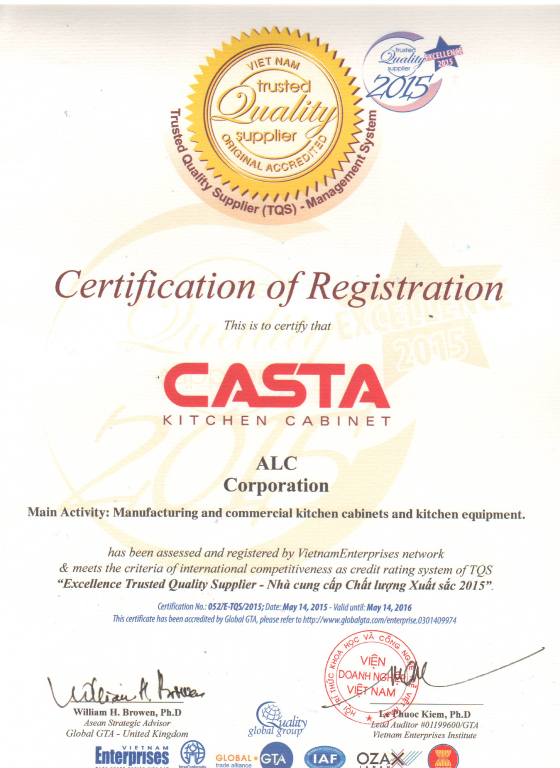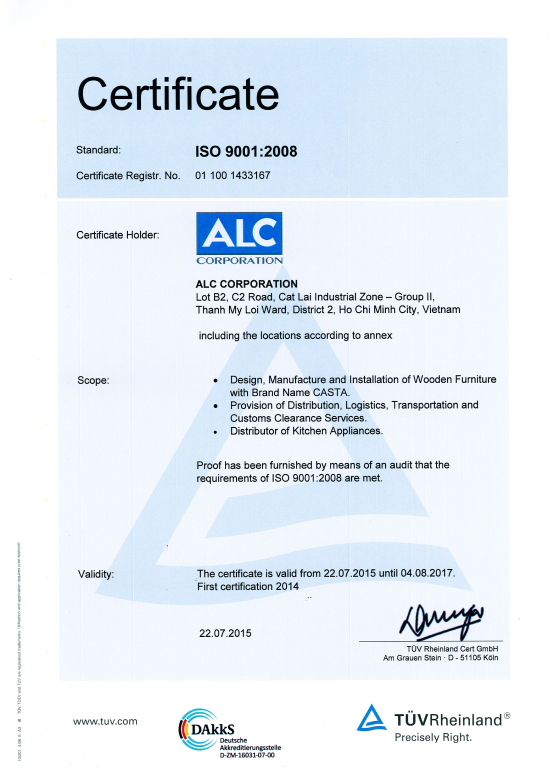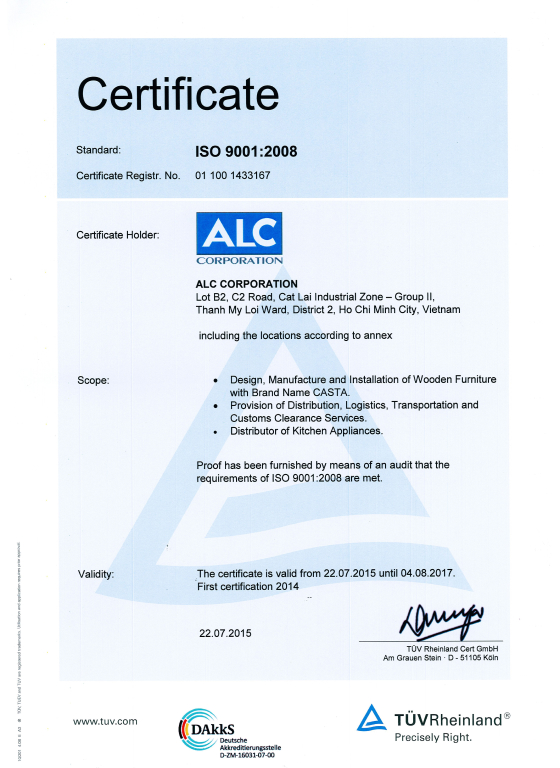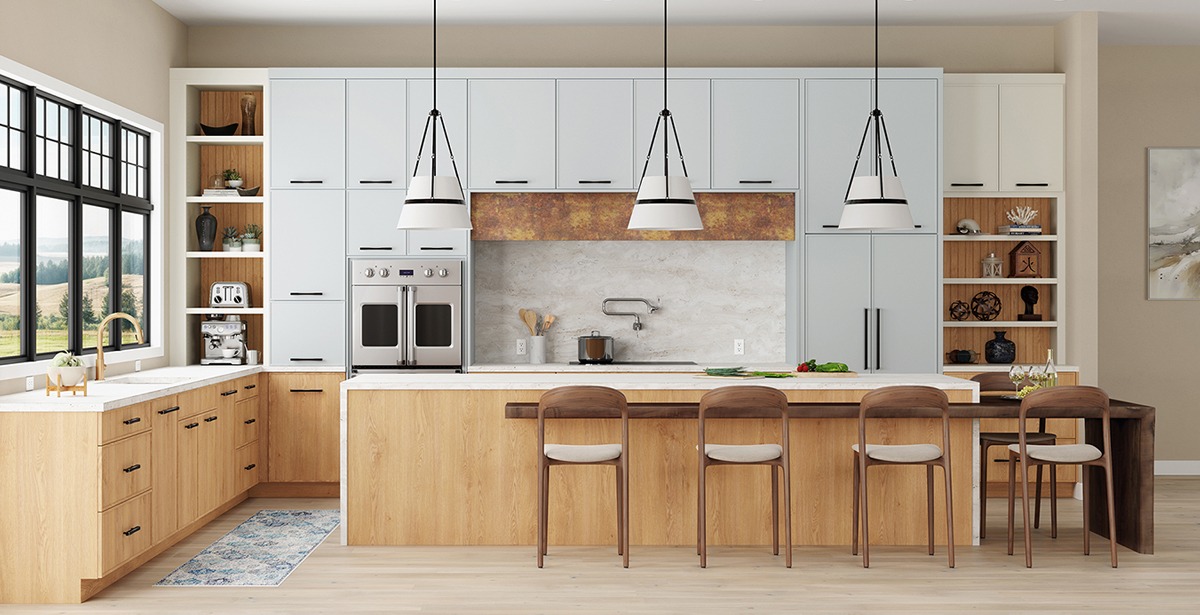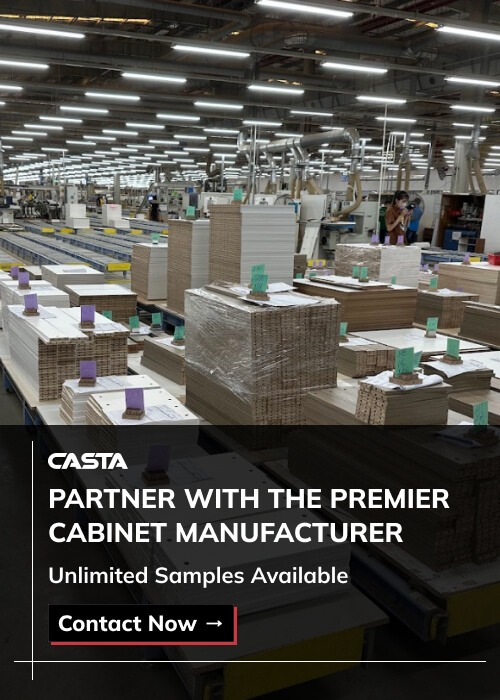European vs American kitchen cabinets is a core decision for anyone specifying cabinetry for modern buildings or homes. These two dominant standards differ significantly in appearance, construction, and cost, which directly impacts design clarity, project efficiency, and final customer satisfaction. This article delivers a side-by-side analysis of structure, materials, style, and sourcing to help you choose the best approach for your project.
Table of Contents
1. Overview of Kitchen Cabinet Design Philosophies
When comparing the European vs American kitchen cabinets appearance, the contrast reflects two different values: precision and minimalism versus craftsmanship and tradition.
1.1 European Style Cabinets Kitchen
- Design Focus: The European style cabinets kitchen emphasizes modern minimalism — frameless or full-overlay construction with flush doors and hidden hardware.
- Origin: Rooted in German and Italian cabinetry, European cabinets highlight CNC precision, space efficiency, and modular layouts.
- Visual Identity: Hallmarks include flat panels, handleless fronts, and seamless finishes in matte or high-gloss.
- Appearance: The European kitchen cabinet style creates a clean, architectural look ideal for modern apartments and luxury interiors.
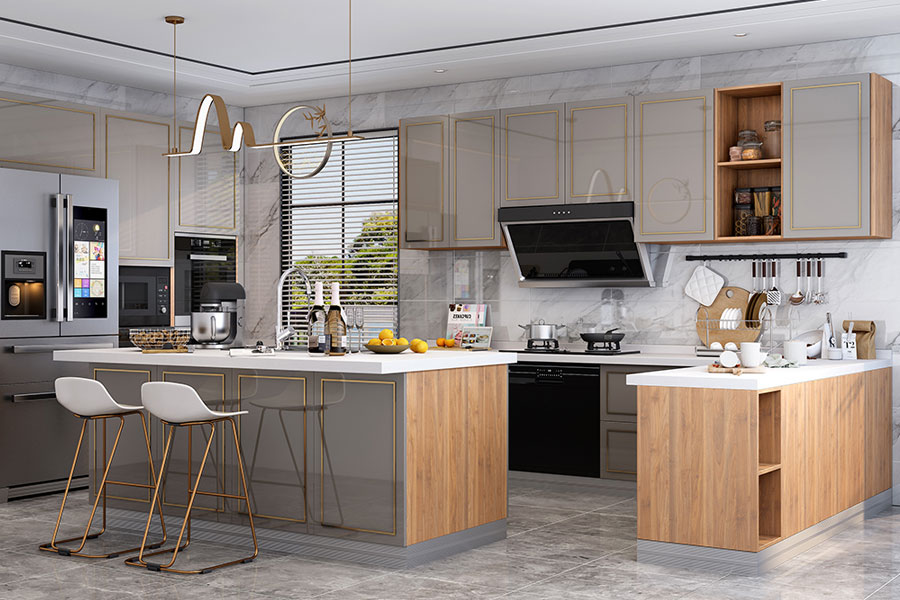
1.2 American Style Kitchen Cabinets
- Design Focus: The American style kitchen cabinets value craftsmanship and warmth, featuring framed faces, visible stiles, and decorative detailing.
- Inspiration: Drawn from shaker, colonial, and craftsman traditions, emphasizing durability and homely charm.
- Visual Identity: Raised panels, wood grains, moldings, and hardware accents define the design.
- Appearance: The American kitchen cabinets appearance feels rich, traditional, and inviting, contrasting the sleek European aesthetic.
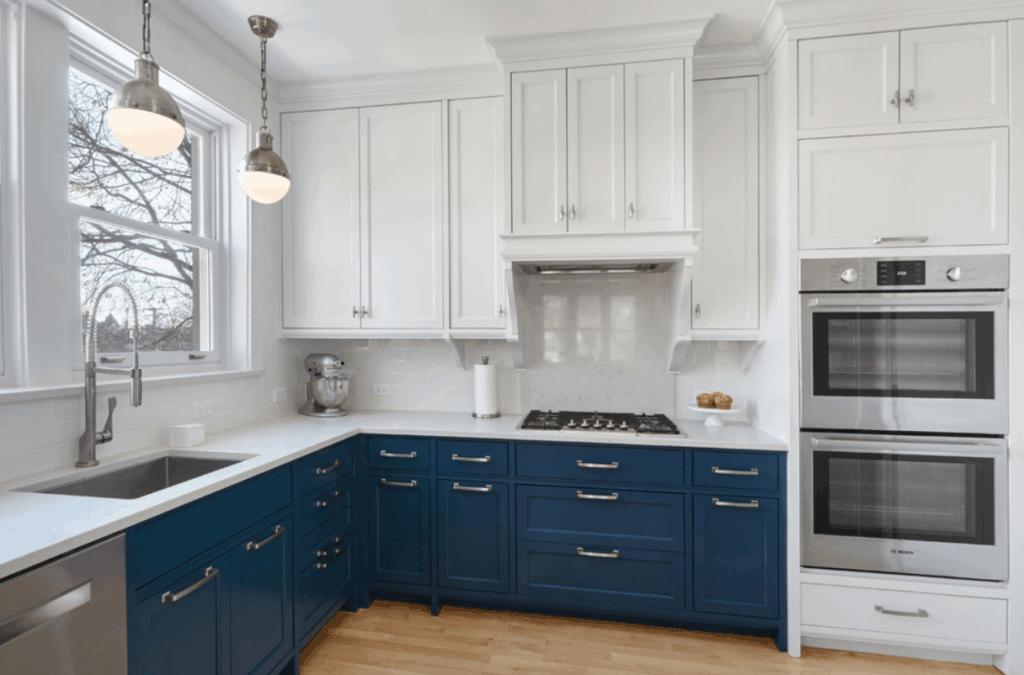
2. Core Comparison: European vs American Kitchen Cabinets
When comparing European vs American kitchen cabinets, contractors and cabinet brands need to look beyond style — the real difference lies in construction systems, materials, and overall appearance.
European style cabinet kitchen designs focus on precision and visual simplicity, while American kitchen cabinets highlight craftsmanship, structure, and warmth.
Here’s a side-by-side comparison that breaks down how each performs in appearance, functionality, and production practicality:
| Criteria | European Kitchen Cabinets | American Kitchen Cabinets |
| Construction | Frameless (full-overlay) design with precision CNC cutting and seamless joints. The absence of a face frame gives European style cabinets kitchen a sleek, flush appearance and maximized storage. | Framed structure with visible stiles and rails adds strength and a handcrafted look. This traditional build defines the American style kitchen cabinets appearance—solid, detailed, and classic. |
| Material Choices | Engineered materials such as MDF, HDF, melamine, lacquer, or acrylic surfaces are commonly used. These deliver uniform texture, moisture resistance, and refined European vs American kitchen cabinets appearanceconsistency. | Typically crafted from solid wood, plywood, or wood veneer. Materials show rich grain patterns that emphasize the American kitchen cabinets’ natural, rustic appeal and sense of authenticity. |
| Design Aesthetic | Minimalist and architectural — flat-panel fronts, handleless profiles, continuous lines. The European kitchen cabinet styles create an ultra-modern, streamlined appearance perfect for contemporary interiors. | Traditional, shaker, or raised-panel doors create depth and warmth. The American style kitchen cabinets appearance feels more ornate, inviting, and rooted in classic design heritage. |
| Finish Options | Offered in high-gloss, super-matte, acrylic gloss, or thermofoil finishes. European finishes highlight surface perfection and reflectivity, enhancing the modern European vs American kitchen cabinets look. | Usually painted, stained, or left in natural wood grain. These finishes emphasize texture and warmth, giving American kitchen cabinets their handcrafted, home-like aesthetic. |
| Hardware Integration | Fully concealed hinges, integrated channels, and soft-close systems come standard. Handleless “push-to-open” or recessed grips add to the minimalist European kitchen cabinets appearance. | Uses visible knobs or pulls; standard hinges with optional soft-close upgrades. The visible hardware reinforces the traditional American style kitchen cabinets charm and detail. |
| Customization | Modular and CAD-based configurations allow flexible sizing and efficient production. Perfect alignment and tight tolerances define the European style cabinets kitchen quality. | Highly customizable through carpentry — intricate trims, moldings, and inset doors can be handcrafted for unique layouts typical of American kitchen cabinets. |
| Durability | Consistent engineered cores ensure surface uniformity, moisture resistance, and dimensional stability. European designs deliver durable, predictable performance across large-scale builds. | Solid wood frames provide rigidity and strength, though they may expand or contract with humidity. The durability of American kitchen cabinets depends heavily on wood type and finish care. |
| Installation Ease | Modular or ready-to-assemble (RTA) systems allow quicker installation with minimal adjustments. The European vs American kitchen cabinets frameless structure aligns perfectly with modern construction workflows. | Requires more on-site carpentry, alignment, and adjustment. The framed design can accommodate uneven walls but increases labor time during installation. |
| Cost Range | Slightly higher initial investment due to precision engineering, imported hardware, and high-end finishing, yet efficient in long-term maintenance. | Varies widely—stock lines are affordable, while custom American style kitchen cabinets with solid wood and detailing can be premium-priced. |
| Maintenance | Smooth laminated or lacquered surfaces are easy to clean and resist stains. The European kitchen cabinets finish needs no refinishing over time. | Natural wood finishes require occasional polishing, staining, or varnish to retain their rich American kitchen cabinet appearance and prevent humidity damage. |
Key Takeaway
The European vs American kitchen cabinets appearance boils down to visual intent:
- European style cabinet kitchen — minimal, sleek, uniform, engineered precision.
- American style kitchen cabinets — warm, classic, detailed, handcrafted charm.
For contractors and brands, the right choice depends on your project’s architectural direction: modern luxury spaces favor the European kitchen cabinet styles, while traditional or transitional homes benefit from the depth and comfort of American kitchen cabinets.
Learn more: Kitchen cabinet trends
3. Style Analysis: Which Look Fits Your Project
When comparing European vs American kitchen cabinets, the right choice depends on your project goals—whether you value minimalist efficiency or traditional craftsmanship. Each style defines a distinct design language, appealing to different market segments and design aesthetics.
3.1 Modern Minimalist Projects → Choose European Style
For multi-family, hospitality, or luxury apartment projects, European style kitchen cabinets deliver a clean and contemporary look.
- They feature frameless construction, flat slab doors, and handleless fronts for a smooth, uninterrupted appearance.
- Popular European kitchen cabinet styles use high-gloss acrylics or matte lacquers to reflect light and expand space visually.
- Compared to American kitchen cabinets, the European style cabinets kitchen emphasizes geometric balance, modern ergonomics, and a clutter-free aesthetic.
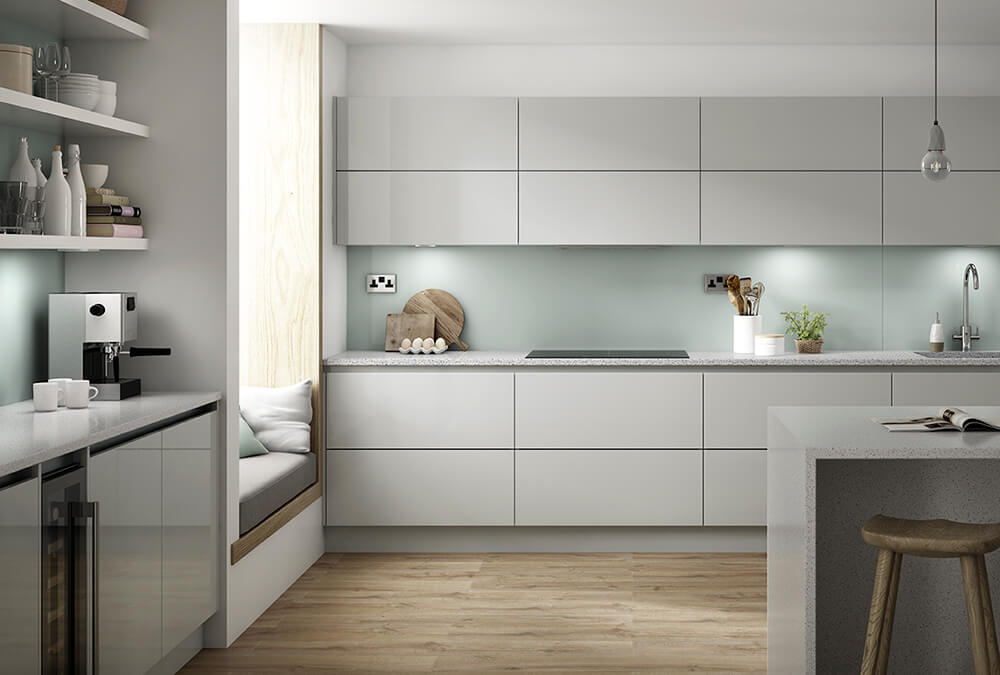
3.2 Classic or Transitional Homes → Choose American Style
For custom and transitional homes, American style kitchen cabinets remain the hallmark of warmth and tradition.
- Built with framed construction, they feature Shaker doors, crown molding, and natural wood textures that convey craftsmanship and character.
- The American kitchen cabinets appearance highlights organic materials like oak or maple with painted or stained finishes.
- In contrast to European kitchen cabinet styles, the American look feels more detailed and handcrafted—ideal for inviting, timeless interiors.
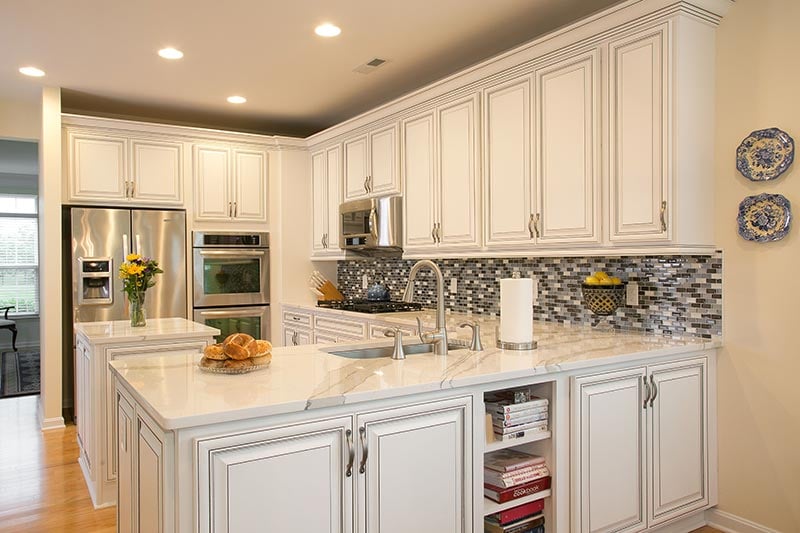
3.3 Blended Concepts in North America
A growing number of designers now merge both aesthetics in Euro-American hybrid kitchens.
- These pair European frameless bodies with American-style Shaker or overlay doors, balancing sleek precision with familiar warmth.
- The result is a refined European vs American kitchen cabinets appearance—modern, versatile, and perfectly suited for North American lifestyles.
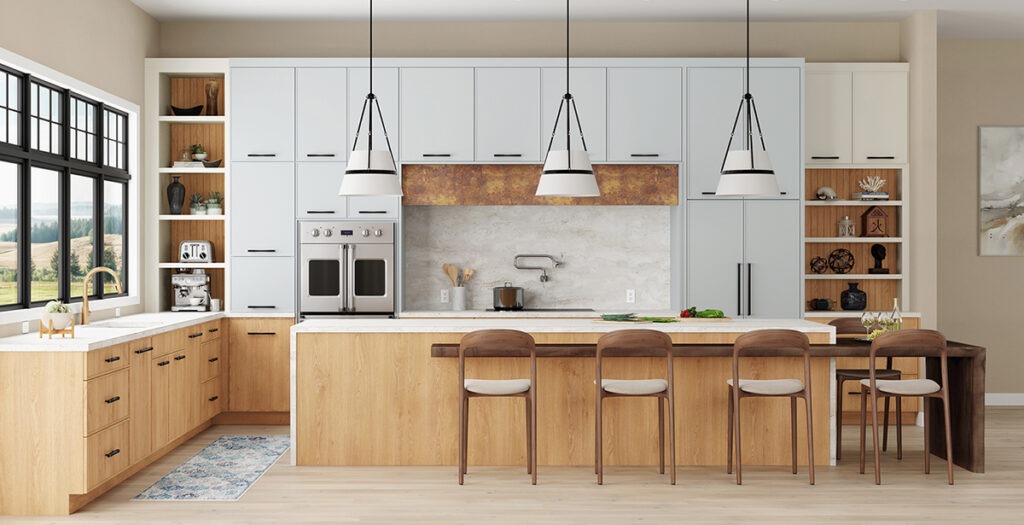
Summary
In today’s market, European vs American kitchen cabinets represent two ends of a design spectrum—European styles for precision and minimalism, American styles for heritage and texture. For contractors and brands, blending both can achieve elevated aesthetics with broad buyer appeal.
Learn more: The Ultimate Guide to Modern Design Kitchen Cabinets
4. Manufacturing Insight: Precision vs Craftsmanship
Understanding how production differs helps explain the European vs American kitchen cabinets appearance and performance. While both prioritize quality, their methods reflect distinct design philosophies.
4.1 European Production Approach
- Automated CNC machining with ±0.1 mm accuracy ensures seamless alignment and consistent joinery.
- Finishes like matte lacquer, high-gloss acrylic, and thermofoil are applied in clean, temperature-controlled environments for flawless results.
- Robotic edge-banding and modular systems minimize waste and maximize efficiency.
- The outcome is a sleek, uniform European style cabinets kitchen appearance—modern, precise, and ideal for contemporary projects.
4.2 American Production Approach
- Focuses on handcrafted detailing and framed construction, emphasizing craftsmanship and tradition.
- Uses solid hardwoods such as oak, maple, or cherry, creating natural variations in tone and grain.
- Allows flexibility for custom trims, moldings, and insets, producing a timeless American style kitchen cabinets appearance rich in warmth and character.
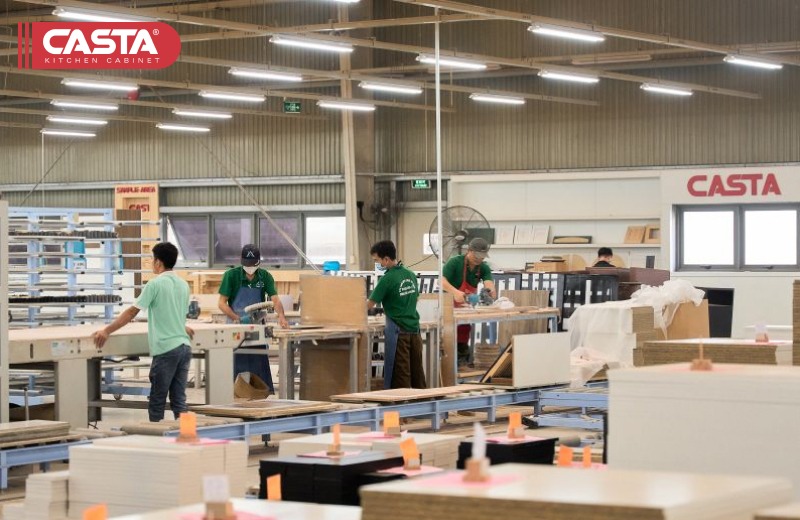
4.3 Vietnam OEM with European Machinery (Casta Cabinet)
- Casta Cabinet merges European precision with scalable OEM production using German and Italian machinery.
- Manufactures both European and American kitchen cabinet styles, from frameless minimalist designs to shaker-inspired framed doors.
- Quick design revisions, and consistent quality offer brands a practical balance between cost, speed, and design excellence—achieving the ideal European vs American kitchen cabinets appearance.
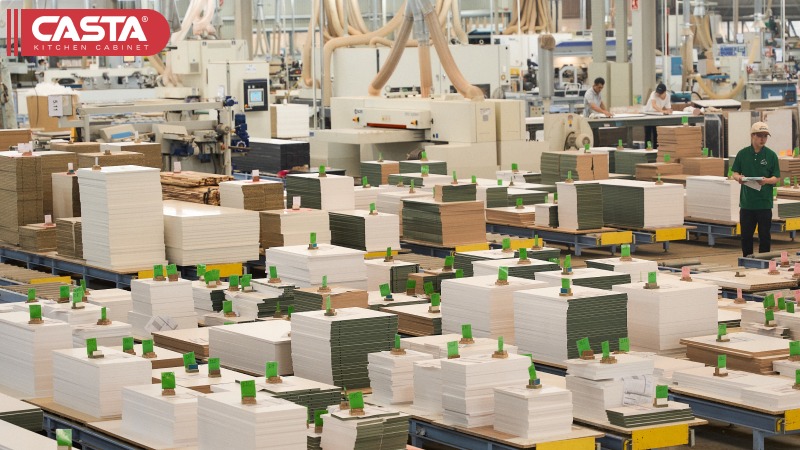
5. Performance Analysis: Durability, Functionality & Longevity
When comparing European vs American kitchen cabinets appearance, performance plays a key role in long-term satisfaction. Durability, humidity response, and maintenance all reveal how each style holds up in real projects.
Durability Testing
- European kitchen cabinets are engineered for precision and endurance — hinges tested for 50,000+ cycles, scratch-resistant coatings, and consistent CNC accuracy.
- American kitchen cabinets rely on solid wood strength and traditional joinery, offering excellent rigidity but greater variance based on craftsmanship.
Learn more: Industrial Cabinets Made in Vietnam: Durability and Functionality for Demanding Applications
Humidity & Environmental Response
- European kitchen cabinet styles use stable cores (MDF, HDF, melamine) that resist warping and maintain alignment even in humid climates.
- American style kitchen cabinets, made from natural wood, provide warmth and grain character but can expand or contract over time if not sealed properly.
Hardware & Functionality
- European style cabinets kitchen feature soft-close hinges, full-extension drawers, and concealed hardware as standard — improving both longevity and sleek appearance.
- American kitchen cabinets may need hardware upgrades to match similar performance or achieve the same seamless European vs American kitchen cabinets appearance.
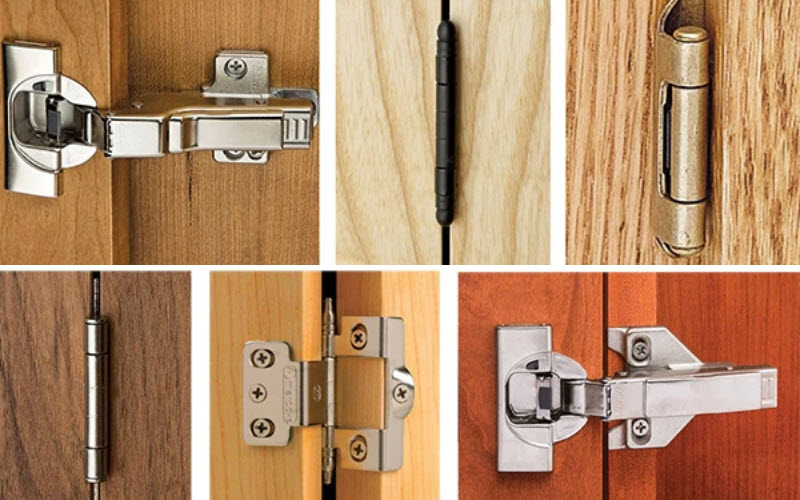
Maintenance & Longevity
- European kitchen cabinets require minimal upkeep — just a wipe-down keeps the finish pristine.
- American kitchen cabinets age naturally but may need refinishing to preserve their look.
Overall, European vs American kitchen cabinets appearance diverges over time: European finishes retain a uniform, modern look, while American wood develops patina and texture that appeal to traditional aesthetics.
6. Implementation Guide for Contractors and Brands
Selecting the right European vs American kitchen cabinets appearance starts with clear planning. These steps help contractors and brands ensure the design matches function, timeline, and market needs.
Step 1: Identify Design Intent
Decide early if your project leans toward modern minimalism or classic warmth.
- European kitchen cabinets suit sleek, frameless designs for apartments or hospitality projects.
- American style kitchen cabinets highlight framed doors, wood texture, and traditional craftsmanship.
This clarity ensures consistency in the overall European vs American kitchen cabinets appearance.
Step 2: Confirm Market Expectations and Timelines
- European kitchen cabinet styles often have longer lead times due to imported materials and precision assembly.
- American kitchen cabinets may need more on-site labor and finishing.
Aligning expectations early prevents project delays and design mismatches.
Step 3: Request Samples
Always test sample doors, panels, and finishes to see real texture and color.
Gloss level, edge style, and touch quality define the final European vs American kitchen cabinets appearance in real environments.
Step 4: Evaluate Materials and Precision
Compare cores (MDF, plywood, HDF) and check CNC accuracy or joinery strength.
- European kitchen cabinets: seamless joins, tight tolerances, and hidden hardware.
- American style kitchen cabinets: thicker frames, detailed joinery, handcrafted feel.
Hardware quality—especially hinges and drawer slides—directly affects both durability and appearance.
Step 5: Run a Pilot Batch
Before mass production, run a small pilot order to test finish consistency, alignment, and assembly ease.
This ensures the final product achieves the desired European vs American kitchen cabinets appearance while maintaining efficiency and quality.
Learn more: Sourcing Cabinets and Furniture from Vietnam: Your Ultimate Guide
7. Case Study: Balancing European Precision and American Warmth
This case study highlights how Casta Cabinet helped a Texas-based multifamily development achieve the perfect balance between European precision and American warmth—showcasing how the right manufacturing partnership can merge efficiency, elegance, and comfort in one cohesive design.
Project Overview
- Location: Texas, USA
- Application: 180+ kitchen units for a modern multifamily complex
- Goal: Blend European vs American kitchen cabinets appearance to deliver a sleek, modern look that still feels welcoming and familiar to U.S. homeowners.
Design Blend
- Cabinet Structure: Frameless European-style body, CNC-cut for perfect alignment and smooth panel transitions.
- Door Design: Shaker-style overlay fronts, reflecting American kitchen cabinets with classic detailing and texture.
- Finish Palette: Soft matte white and warm walnut veneer accents, balancing modern minimalism with homely charm.
This design achieved a refined European vs American kitchen cabinets appearance, where the streamlined European form meets the handcrafted aesthetic of American cabinetry.
Learn more: Casta’s ideal custom cabinets
Performance Results
- Installation Efficiency: 45% faster assembly than local custom American-style cabinets, thanks to precision-cut modular components.
- Consistency: Less than 1% deviation in finish and joint alignment, verified by third-party inspection.
- Aesthetic Outcome: Designers praised the result—“European in look, American in feel”—a true success in cross-style design execution.
Key Learning
By sourcing through a Vietnam-based OEM using European machinery and production standards, the project achieved the speed, cost efficiency, and refined appearance of European design while maintaining the warmth and familiarity of American style.
This collaboration proves that a balanced European vs American kitchen cabinets appearance can meet both developer efficiency goals and end-user aesthetic preferences.
Learn more: Casta’s outstanding international projects
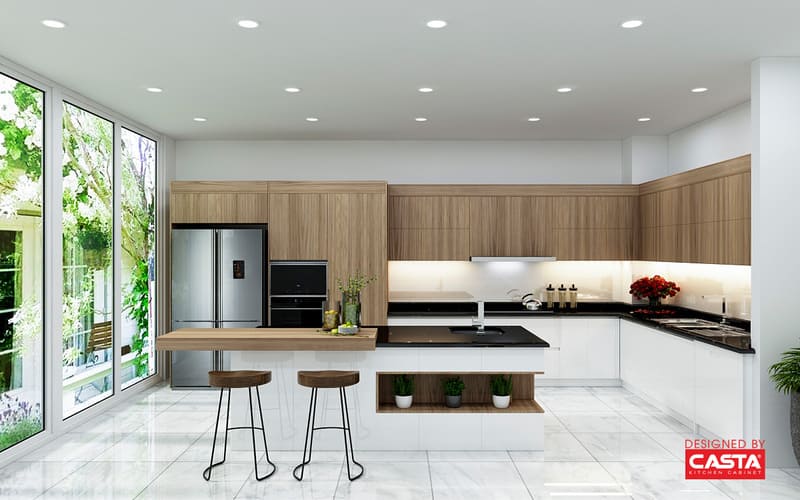
8. Conclusion: Choosing Between European and American Kitchen Cabinets
Both European vs American kitchen cabinets offer unique strengths. If you aim for sleek modern design, minimalism, and production efficiency, European style cabinets often win. If you want traditional craftsmanship, detailed wood finishes, and classic aesthetics, American style kitchen cabinets are compelling. The best solution for many North American projects is a hybrid approach or sourcing from OEMs that can deliver European kitchen cabinet styles with flexibility, quality, and cost-effectiveness.
9. Frequently Asked Questions (FAQ)
What is the main difference between European vs American kitchen cabinets?
Which lasts longer: framed or frameless cabinets?
Can European style cabinets kitchen be customized for traditional homes?
Are European cabinets harder to install?
How can contractors verify product certifications and material quality?
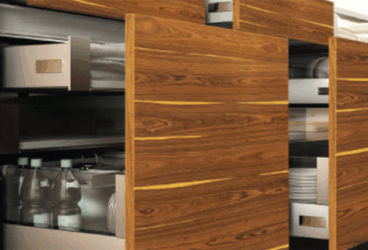
MDF vs Plywood for Kitchen Cabinets – Which is Better?...
MDF vs Plywood for kitchen cabinets is one of the most important decisions contractors and furniture brands must make wh...
11/14/2025 | David Nguyen
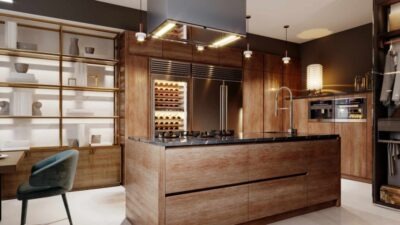
Plywood Kitchen Cabinets: Pros and Cons Explained for Contra...
Plywood kitchen cabinets are now one of the most preferred options in modern kitchen manufacturing, combining durability...
11/12/2025 | David Nguyen
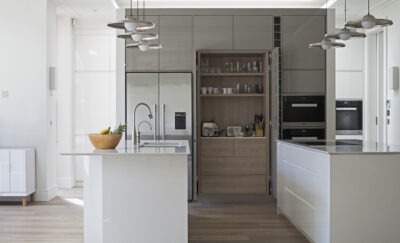
Best Italian Kitchen Cabinets: Modern Design, Precision Craf...
Italian kitchen cabinets represent the gold standard in modern kitchen design — celebrated for their craftsmanship, slee...
10/29/2025 | David Nguyen
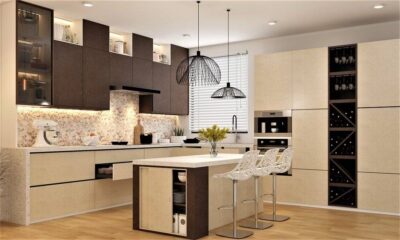
Best European Style Kitchen Cabinets for Modern Homes & ...
European style kitchen cabinets embody modern elegance through minimalist design, advanced engineering, and refined mate...
10/24/2025 | David Nguyen
Contact us
Casta is always ready to listen and answer all customers' questions
